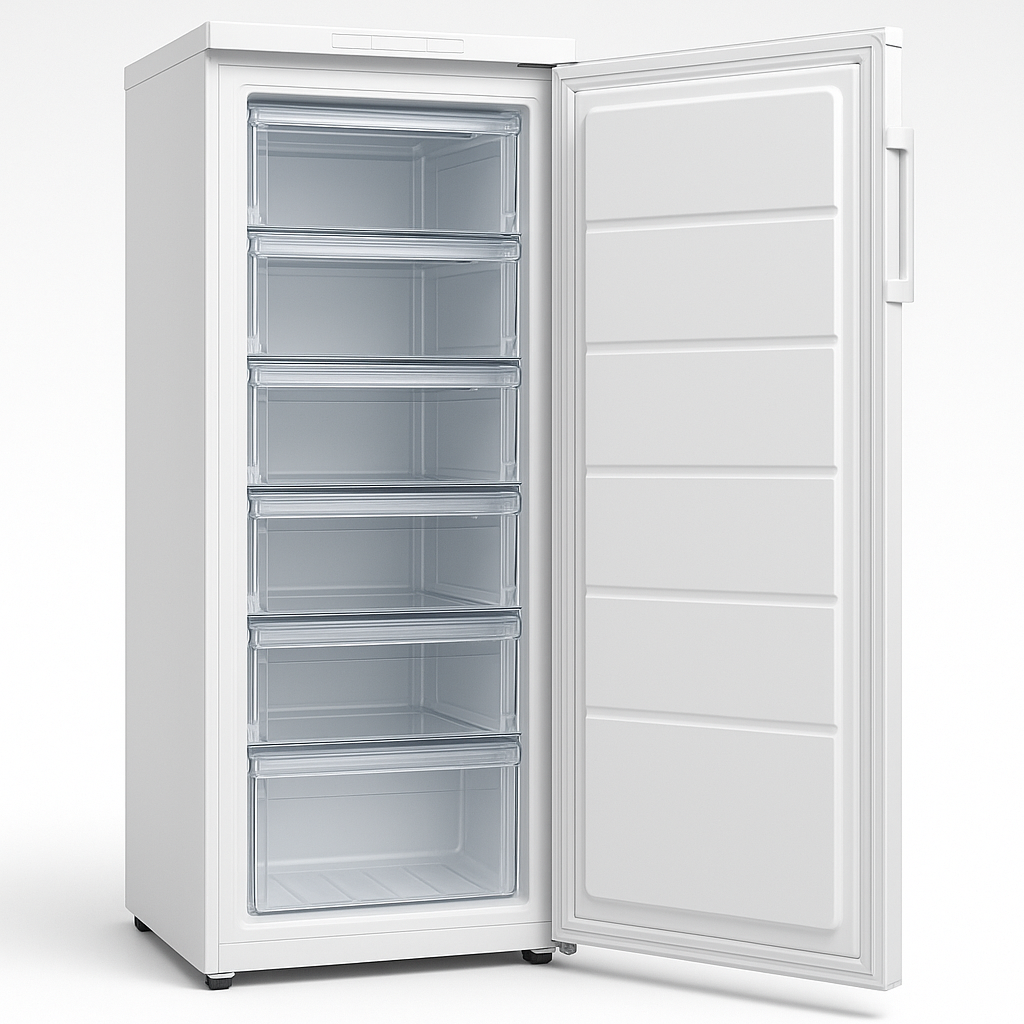10 Quick Tips About Refrigerator With 0-Degree Zone Test
Exploring the 0-Degree Zone in Refrigeration: A Comprehensive Test
Fridges are a staple in modern-day cooking areas, crucial for maintaining food quality and guaranteeing it lasts longer. One feature that has gathered attention over the last few years is the 0-degree zone, frequently touted as an ideal service for storing meats, fish, and other perishables. But what does the 0-degree zone entail, and is it really efficient? In this post, we will look into the idea of the refrigerator's 0-degree zone, conduct a comprehensive test of its abilities, and answer common concerns surrounding this feature.
What is a 0-Degree Zone?
A 0-degree zone describes a specialized section within a refrigerator developed to keep a temperature around 32 ° F(0 ° C). This temperature is optimal for keeping disposable items fresh without freezing them. While standard refrigeration runs at slightly above freezing temperatures (typically in between 32 ° F and 40 ° F ), the 0-degree zone aims to extend the freshness of items that are more prone to putridity.
Key Benefits of the 0-Degree Zone
- Extended Freshness: Ideal for saving meats and fish, the cold temperature level can help slow down bacterial growth.
- Maintained Quality: Fruits and veggies can retain their texture and flavor longer when saved at this optimum temperature level.
- Lowered Spoilage: Prevents freezer burn for items that are typically saved in regular freezer compartments.
The Test: Evaluating Refrigerator 0-Degree Zones
To evaluate the effectiveness of the 0-degree zone, a range of refrigerators, equipped with this feature, were tested for their efficiency over a two-week period. Food items commonly stored in this section were monitored, consisting of beef, chicken, fish, fruits, and vegetables. Here's a breakdown of the method and outcomes.
Test Methodology
- Fridges Selected: Five various designs including 0-degree zones.
- Products Stored:
- Ground beef
- Chicken breasts
- Salmon fillets
- Strawberries
- Carrots
- Temperature level Monitoring: Internal temperatures were logged daily using precise thermometers put in the 0-degree zone.
- Quality Assessment: At the end of the two-week period, visual evaluations and trial run were carried out.
Test Results
Table 1: Temperature Consistency Across 0-Degree Zones
Refrigerator Model
Average Temperature ( ° F)Fluctuation Range ( ° F
) Model A
32.5
31.0 to 34.0
Design B
31.8
30.0 to 33.0
Design C
32.2
31.5 to 34.5
Model D
32.0
31.0 to 33.5
Model E
30.5
29.5 to 31.5
Table 2: Quality Assessment of Food Items After Two Weeks
Food Item
Refrigerator Model A
Model B
Model C
Model D
Model E
Ground Beef
Fresh
Fresh
A little Discolored
Spoiled
Spoiled
Chicken Breasts
Fresh
Fresh
Somewhat Dry
Ruined
Spoiled
Salmon Fillets
Fresh
Fresh
Fresh
A little Dry
Ruined
Strawberries
Fresh
Slightly Soft
Fresh
Spoiled
Ruined
Carrots
Crisp
Crisp
Slightly Wilted
Soft
Ruined
Observations From the Test
Temperature level Consistency: All evaluated refrigerators preserved temperatures near the wanted 0-degree mark. Nevertheless, Model A and Model B showed superior consistency with minimal fluctuation, making them more dependable for protecting food.
Food Preservation: Items saved in Model A and Model B revealed minimal indications of spoilage, while those in Models D and E showed significant degeneration, particularly the meat items.
Moisture Retention: The refrigeration models, in spite of maintaining low temperatures, handled to keep the moisture levels of the food adequately, especially in Models A and B.
The 0-degree zone in modern-day fridges presents a valuable enhancement for those looking for to prolong the life of their disposable goods. This function stands apart for its ability to preserve optimal temperature levels while minimizing spoilage and maintaining food quality.
FAQs
1. What kinds of food are best matched for the 0-degree zone?
Foods that take advantage of storage in the 0-degree zone consist of meats, seafood, prepared meals, some dairy items, and particular vegetables and fruits that do not freeze well.
2. How can I tell if my refrigerator has a 0-degree zone?
Check your refrigerator's user manual or the temperature level controls. Numerous brand names consist of a specific compartment labeled as the 0-degree zone or comparable wording.
3. Is it safe to save food in the 0-degree zone?
Yes, supplied that the temperature regularly remains around the 0-degree mark. Keeping food at this temperature level helps restrict bacteria growth while protecting freshness.
4. Can the 0-degree zone be changed?
In the majority of refrigerators, the temperature settings for the 0-degree zone can be adjusted, but it's suggested to keep it near or at 32 ° F for optimal outcomes.
5. How long can food last in the 0-degree zone?
This can vary depending upon the kind of food. Kleiner Gefrierschrank Mit 3 Schubladen Günstig Online Bestellen and fish can last longer than in a regular refrigerator however check specific standards for best practices on storage times.
In conclusion, buying a refrigerator with a 0-degree zone not just boosts food preservation practices however also ensures that your ingredients preserve their quality and taste. By checking out different models and their abilities, consumers can make informed options that fit their food storage needs.
